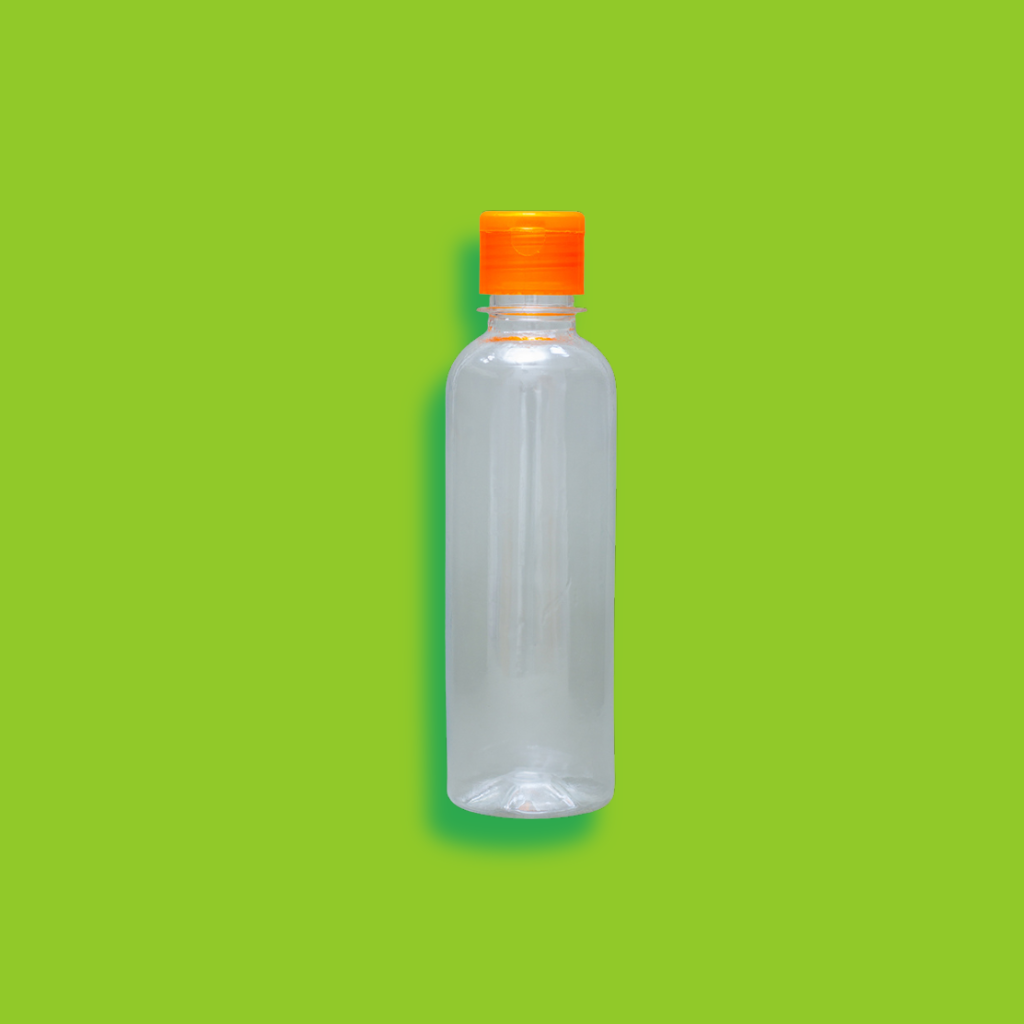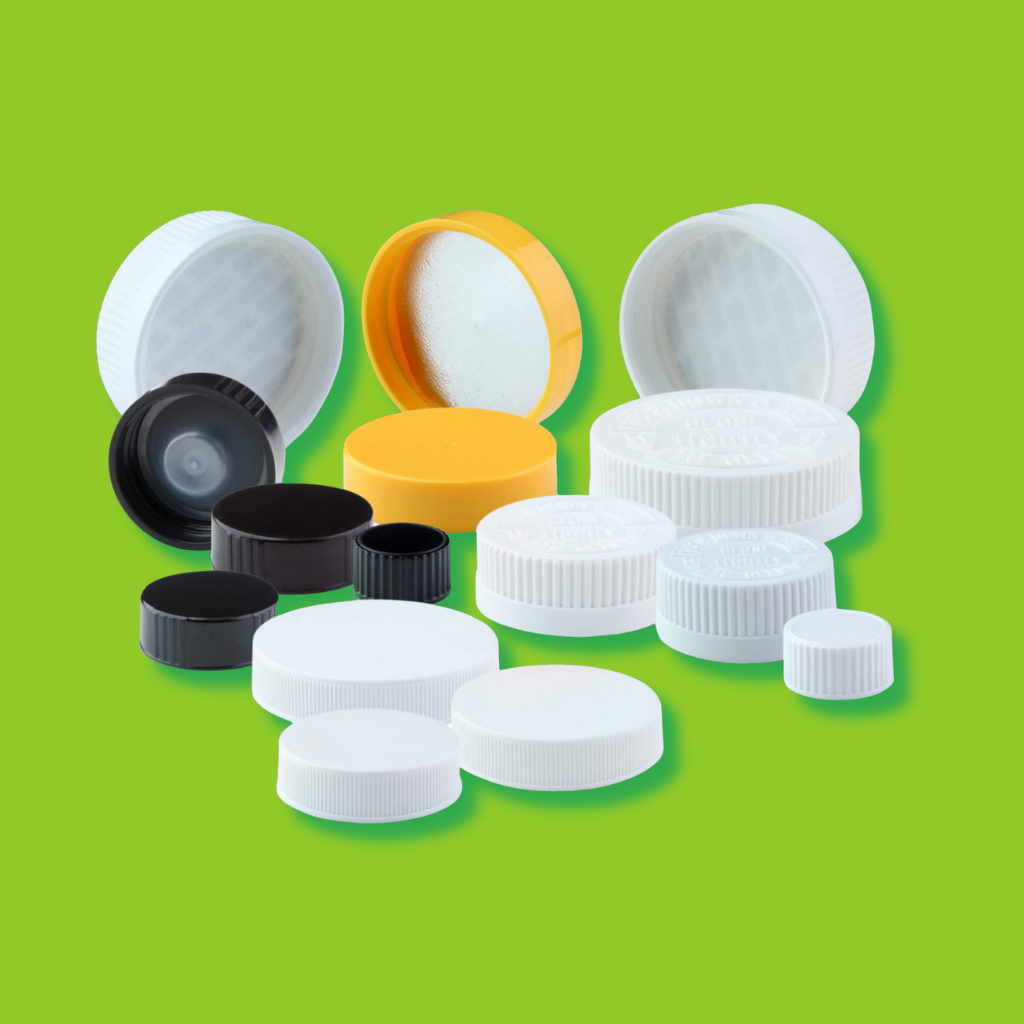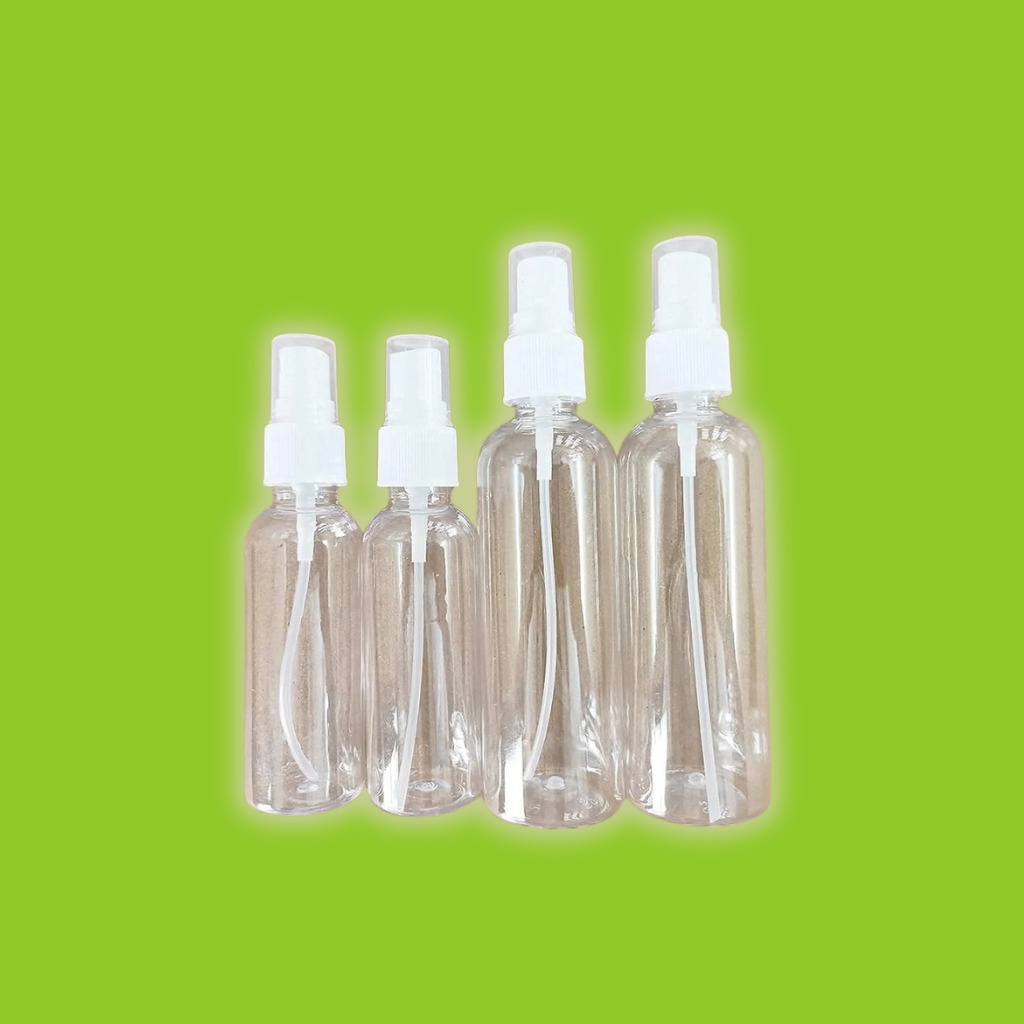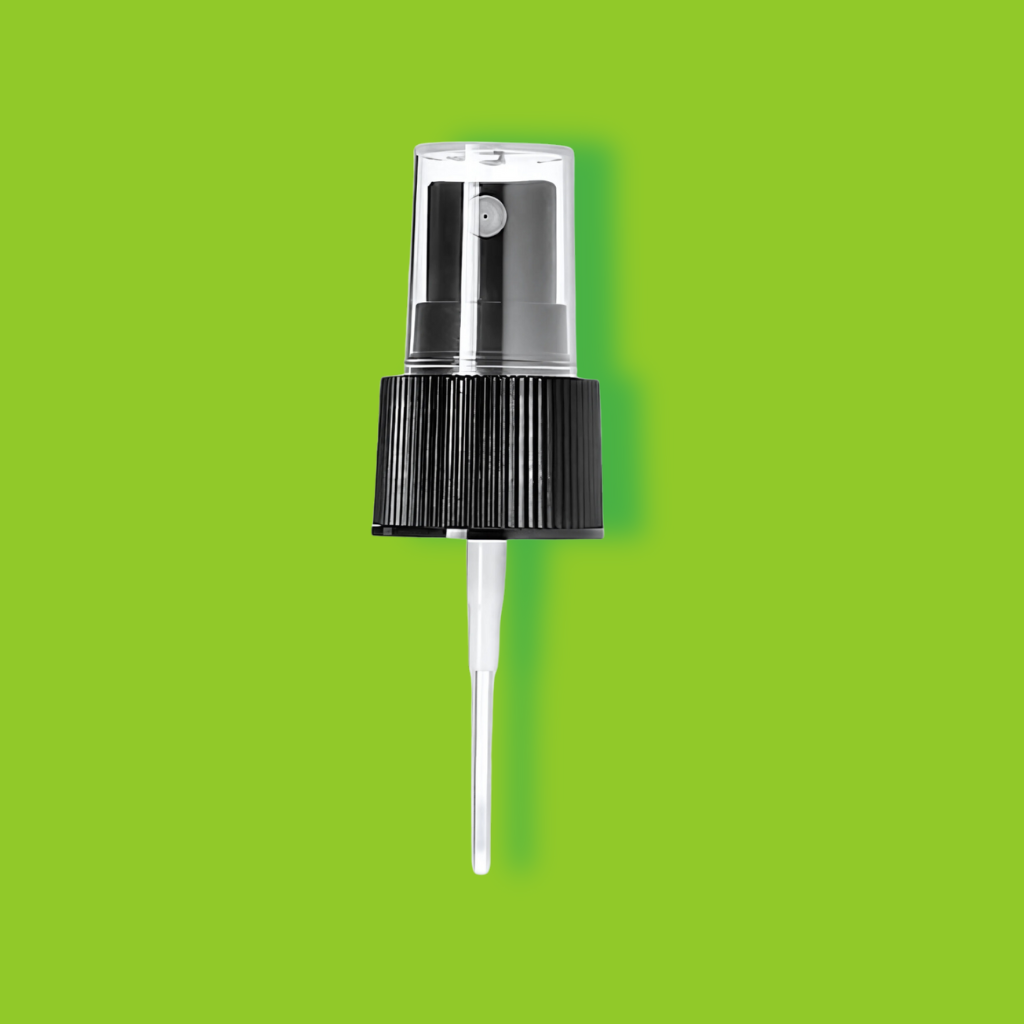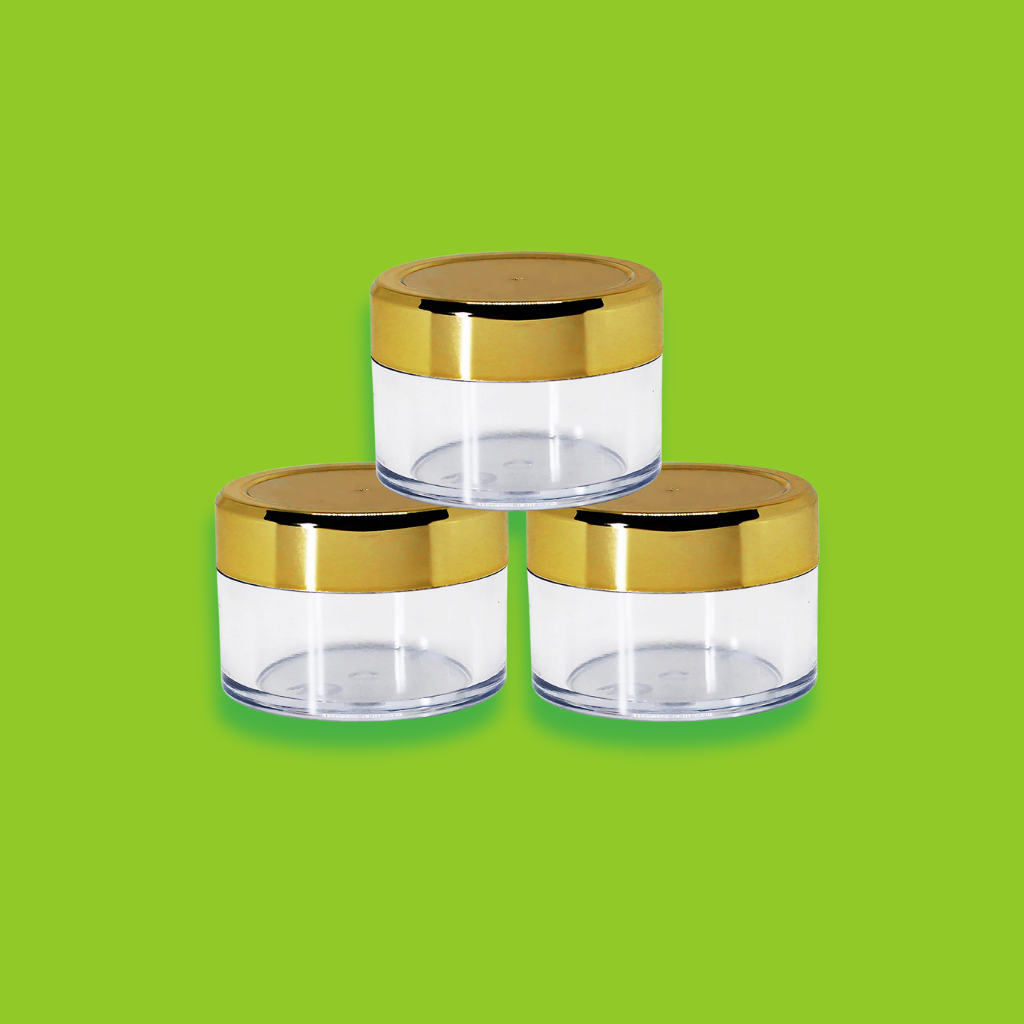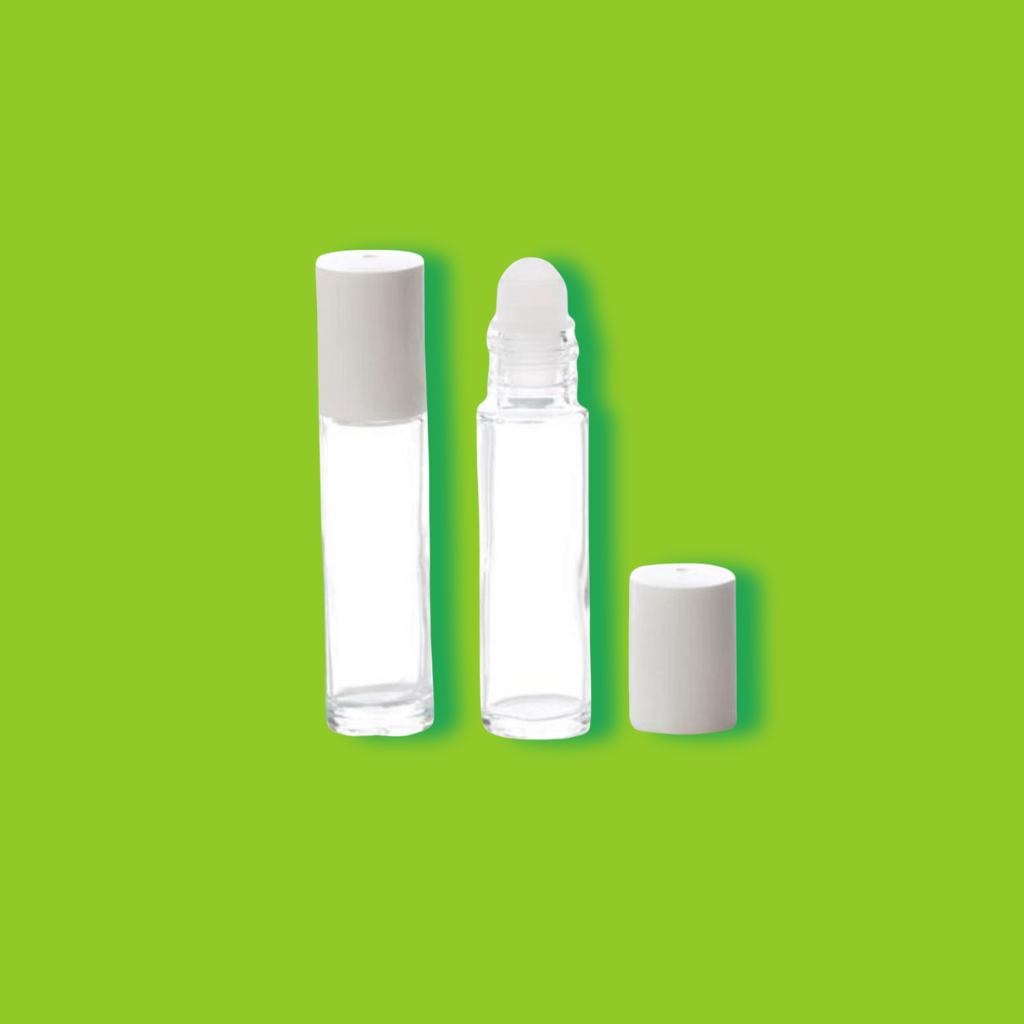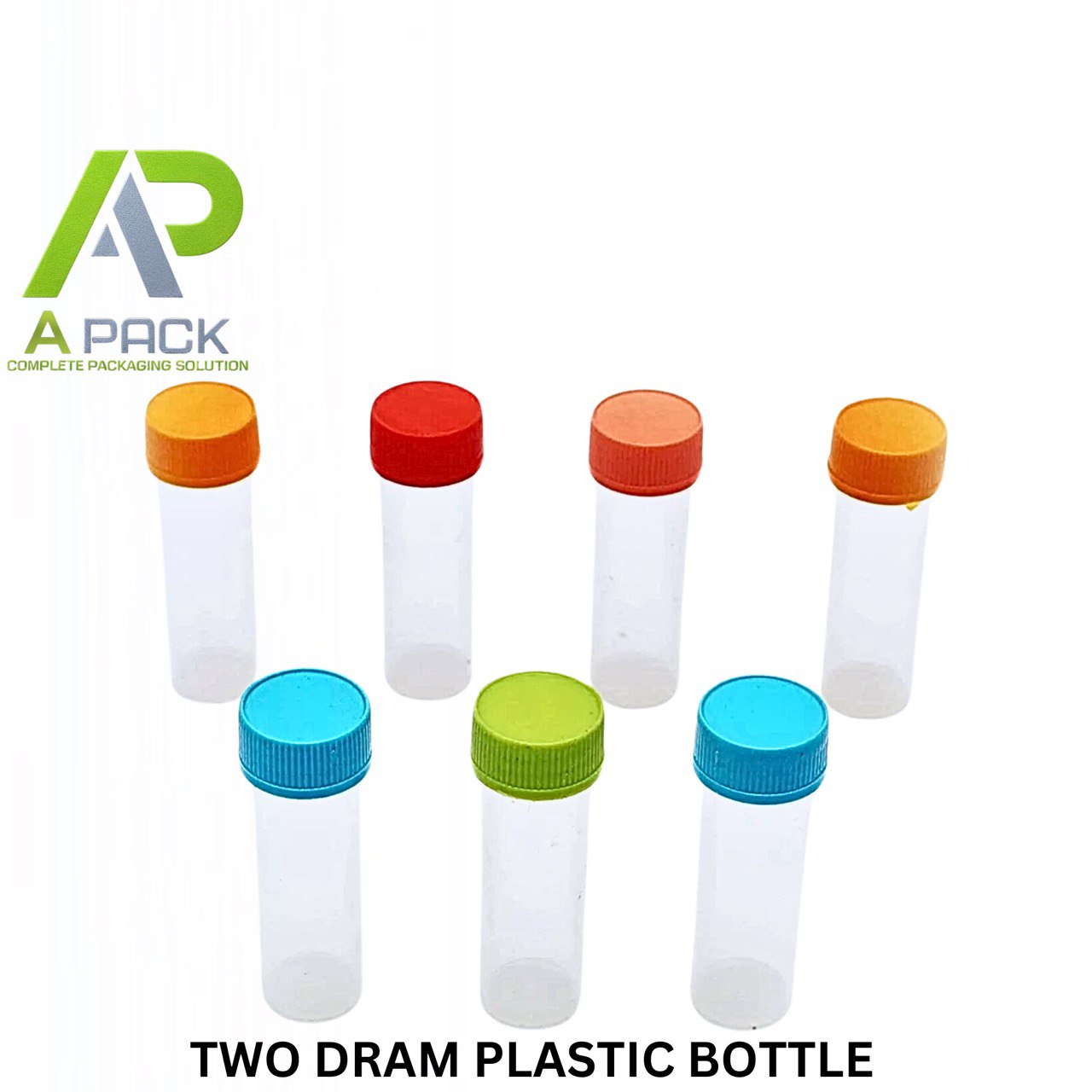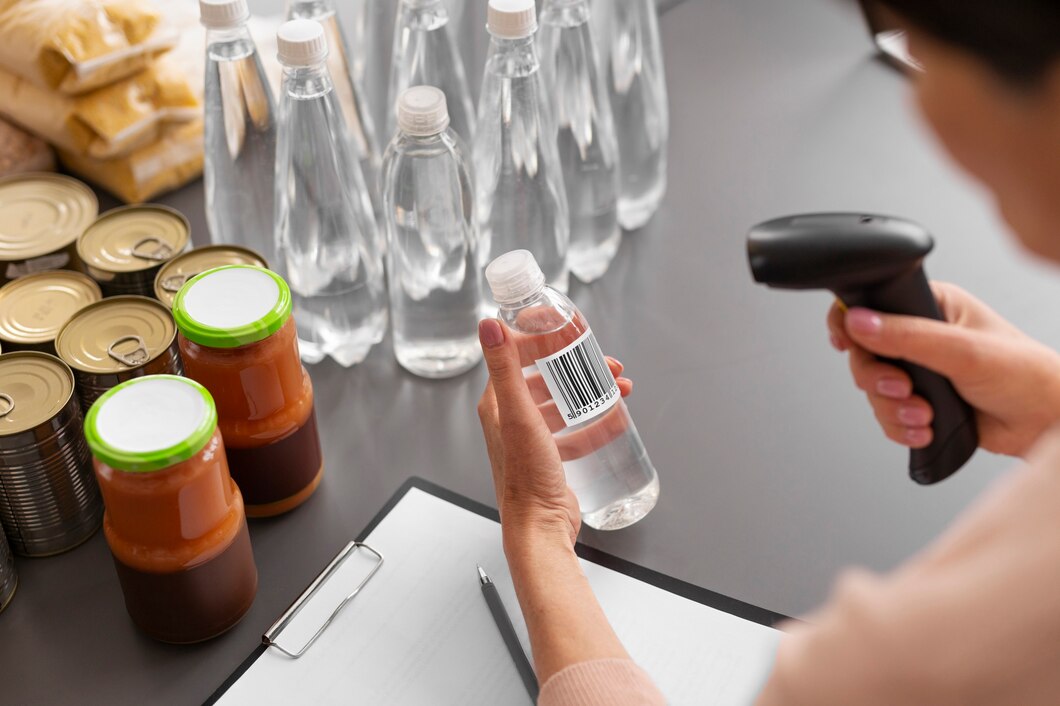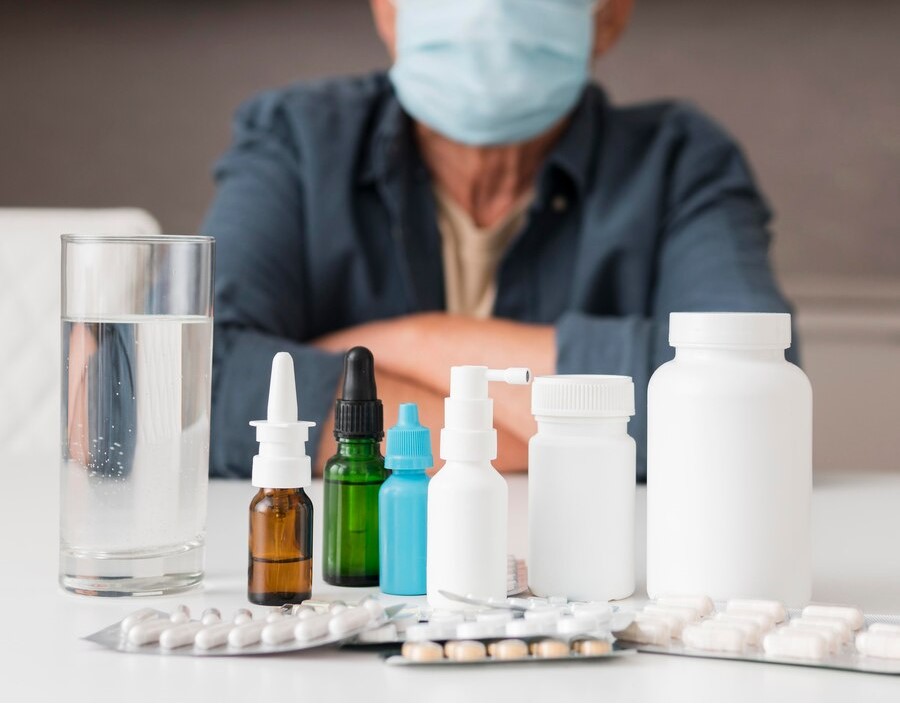Sustainability in Pharmaceutical Packaging: Moving Toward Eco-Friendly Bottles
The pharmaceutical industry has long been a critical part of healthcare, providing essential medications to improve public health and save lives. However, with the increasing global emphasis on environmental responsibility, the focus is shifting toward sustainability in all sectors, including pharmaceutical packaging. As the world grapples with the growing issue of plastic waste and environmental degradation, pharmaceutical companies are being called upon to rethink how they package and distribute medicines.
One area where significant progress is being made is in the development of eco-friendly pharmaceutical bottles. Traditionally, pharmaceutical bottles have been made from plastic or glass, materials that, while effective at protecting and preserving medications, pose challenges when it comes to their environmental impact. As the pharmaceutical industry moves toward more sustainable practices, the packaging of medicines, particularly bottles, is undergoing an important transformation.
In this blog, we will explore the sustainability challenges in pharmaceutical packaging, the innovative solutions that are being implemented, and how eco-friendly bottles are paving the way toward a greener future.
1. The Environmental Impact of Traditional Pharmaceutical Packaging
Traditional pharmaceutical packaging has largely relied on plastic (e.g., PET, HDPE) and glass due to their durability, cost-effectiveness, and ability to protect medicines from contamination. While these materials serve their purpose well, they come with substantial environmental drawbacks:
Plastic Waste: Plastics used in pharmaceutical packaging, particularly single-use bottles, contribute significantly to the growing global plastic waste crisis. These materials can take hundreds of years to decompose, resulting in long-term environmental harm.
Non-Recyclability: Many pharmaceutical packaging materials are not easily recyclable, especially when combined with tamper-evident seals, child-resistant caps, and labels that complicate recycling processes.
Resource Consumption: The extraction, production, and transportation of plastic and glass require large amounts of natural resources (e.g., petroleum, energy), which contribute to carbon emissions and resource depletion.
As the environmental impact of these materials becomes more evident, the need for change in pharmaceutical packaging is urgent. Pharmaceutical companies are now looking for alternative materials and packaging solutions that reduce their carbon footprint and contribute to a more sustainable future.
2. The Rise of Eco-Friendly Pharmaceutical Bottles
In response to growing environmental concerns, pharmaceutical companies and packaging manufacturers are adopting more sustainable materials and technologies to create eco-friendly pharmaceutical bottles. Some key innovations include:
a) Biodegradable Plastics
One of the most promising alternatives to traditional plastics is biodegradable plastics, such as PLA (Polylactic Acid) or PHA (Polyhydroxyalkanoates). These materials are derived from renewable sources like corn starch, sugarcane, and plant-based oils. Unlike conventional plastic, biodegradable plastics break down more easily in the environment, reducing long-term waste.
Advantages: Biodegradable plastics decompose naturally, helping to reduce the impact of waste in landfills and oceans. These materials are also less energy-intensive to produce than traditional plastics.
Challenges: While biodegradable plastics have made strides in various industries, they still face challenges in the pharmaceutical sector, including the need to ensure that they do not compromise the safety, quality, and effectiveness of the medications inside the bottles.
b) Recycled Plastics
Using post-consumer recycled (PCR) plastics is another effective way to reduce the environmental impact of pharmaceutical packaging. By incorporating recycled plastics into the production of pharmaceutical bottles, companies can reduce their dependence on virgin plastic and promote a circular economy.
Advantages: Recycled plastics help minimize the consumption of new raw materials and reduce plastic waste. Furthermore, they help reduce energy usage during production compared to virgin plastic.
Challenges: The quality and safety of recycled plastics must meet pharmaceutical industry standards, which can be a hurdle. Ensuring that recycled materials do not contaminate the medicines and that the packaging is still effective is essential.
c) Glass with Sustainable Production Practices
Glass is a more sustainable alternative to plastic, as it is fully recyclable and can be reused indefinitely. While glass bottles are heavier and more fragile than plastic, modern innovations have improved their performance in terms of durability and cost-effectiveness.
Advantages: Glass has a lower carbon footprint when it comes to recycling and can be reused multiple times. It also provides excellent protection for medications, preserving their quality and effectiveness.
Challenges: The main issue with glass is its weight, which makes it more expensive to transport. The environmental impact of transportation, however, can be mitigated by adopting local glass production methods and minimizing packaging waste.
d) Plant-Based Plastics and Packaging
Another innovative solution gaining popularity in pharmaceutical packaging is the use of plant-based or bio-based materials. These materials, such as bio-polyethylene or bio-PET, are derived from renewable plant sources, like sugarcane, corn, and other agricultural waste.
Advantages: Plant-based plastics have a lower environmental impact during production compared to petroleum-based plastics. They also offer the potential for being biodegradable or recyclable, depending on the material used.
Challenges: The use of plant-based plastics for pharmaceutical packaging is still relatively new, and there are concerns about the scalability of production and the potential impact on food resources.
3. Additional Sustainable Packaging Innovations
a) Minimalist Packaging
One of the simplest ways to reduce environmental impact is to minimize the amount of material used in pharmaceutical packaging. Minimalist packaging focuses on using only what is necessary for the safe delivery of the medicine, reducing waste and excess material.
Advantages: Reducing packaging size and complexity leads to less waste and a reduction in transportation costs and energy consumption.
Challenges: There is a delicate balance between minimalist design and ensuring that the packaging provides enough protection and information for the consumer.
b) Smart Packaging with Eco-Friendly Features
The integration of smart technology into pharmaceutical packaging is also advancing. This includes features such as QR codes that provide important drug information to the user and enable tracking of the product’s journey from production to consumption. Some smart packaging options also incorporate active packaging materials, which help preserve the shelf life of medicines, thus reducing waste.
Advantages: Smart packaging provides better inventory management, enhances user experience, and allows for more efficient and eco-friendly production methods.
Challenges: The technology is still evolving, and the integration of electronics or sensors into packaging must be done in a way that does not harm the environment or increase the complexity of recycling.
4. The Role of the Consumer in Sustainable Pharmaceutical Packaging
As pharmaceutical companies adopt more sustainable packaging solutions, consumers also have a role to play in ensuring that eco-friendly bottles and packaging are disposed of correctly. Many packaging innovations are only effective if the consumer participates in proper recycling or disposal. Education campaigns are needed to inform consumers about how to recycle packaging materials correctly and encourage more sustainable behavior.
5. Looking Ahead: The Future of Eco-Friendly Pharmaceutical Bottles
The future of pharmaceutical packaging is undoubtedly moving toward greater sustainability. With increasing demand from consumers, governments, and environmental groups, pharmaceutical companies will need to embrace new materials and technologies to reduce their environmental footprint. We are likely to see:
- A shift toward more biodegradable, recyclable, and sustainable materials in packaging.
- Increased use of smart and active packaging solutions to reduce waste and improve medication adherence.
- Greater collaboration across industries to drive circular economy practices in pharmaceutical packaging.
As we move toward a more eco-conscious world, the pharmaceutical industry is on the front lines of creating packaging solutions that not only protect medicines but also protect the planet. By investing in sustainable packaging technologies, pharmaceutical companies are taking a crucial step toward improving both public health and environmental sustainability.
Conclusion
Sustainability in pharmaceutical packaging is more than just a trend; it is a necessity. As the environmental impact of traditional materials like plastic becomes increasingly evident, eco-friendly alternatives offer a promising solution for the future. From biodegradable plastics to plant-based bottles and smarter packaging, the pharmaceutical industry is working to make packaging greener and more sustainable. By adopting these innovations, pharmaceutical companies can help reduce waste, conserve resources, and protect the planet, all while continuing to deliver life-saving medicines to patients around the world.


